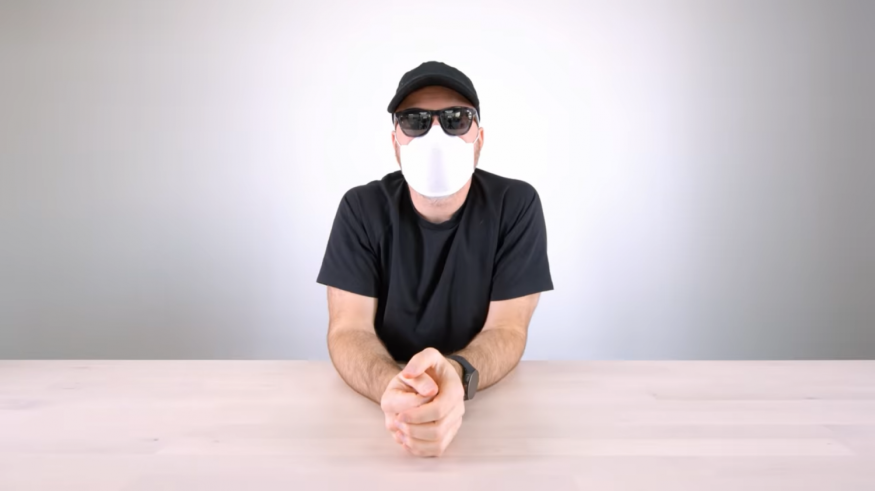You may have noticed that some people splurge on masks as more and more individuals have embraced mask-wearing to decrease coronavirus spread. The question is, Is it better for one to wear two masks?
According to experts, the answer depends on what kind of masks you want to wear and how they suit your face.
It is worth noting that although masks are not bulletproof, wearing one or two masks will significantly reduce the risk of catching COVID-19. Other measures of mitigation are essential, too.

Two masks are safer than one if each is a single layer of fabric
Face masks usually operate by covering the big respiratory droplets that transmit the virus when individuals sneeze or cough. They can also act as a barrier to smaller aerosols, a less frequent but still feasible manner in which the virus is transmitted.
Wearing them goes so well that researchers have estimated that if almost everybody did so, they could avoid millions of death in a few months.
Yet various masks better suit different individuals and conditions than others. For example, N-95 masks are the safest and thus the best for healthcare staff.
Doubling up will provide additional security if you use two single-layer cotton masks, preferably with a high thread count, for example (around 600). That way, you can make a two-layer mask that is superior to a single-layered cloth mask, research has shown. Although both are not as protective as a surgical mask.
Mixing masks may make them last longer or just provide comfort
In certain instances, it may also be necessary to combine mask styles, Morse said.
Health workers who are in short supply of N95s, for instance, will benefit from wearing a surgical mask on top to keep them clean and last longer. Morse said Dr. Anthony Fauci did it in some early press briefings.
By mixing two layers of 600-thread-count cotton combined with another material such as chiffon, flannel, or silk, you can also imitate a so-called "hybrid" mask. An April study showed that such masks filtered at least 94 percent of small particles and at least 96 percent of larger particles, Business Insider reported.
That aligns with the World Health Organization's recommendation that cloth masks have three layers. One is an inner layer that absorbs, a middle layer that filters, and an outer layer made of polyester-like non-absorbent material.
Mose said the additional safety depends on how well they suit to start with. If you might not suit your face tightly enough with the mask, then it might be less protective than a decent, well-fitting mask.
The nose and mouth should be covered by a well-fitting mask, preventing particles from leaking through any holes.
It is not so protective to wear different masks that you can let your safety in peril
Ultimately, safety is not likely to improve exponentially by doubling up on masks. For instance, a mask made from a 100% cotton t-shirt is 97% effective in filtering respiratory droplets. In contrast, a double-layer cotton mask is 99.5% effective.
If they give you a false sense of confidence, doubling up can also do more harm than good, causing you to spend more time with strangers inside or slip up on social distance, for instance.
During a media conference, WHO infectious disease specialist Maria Van Kerkhove said that one should not become too dependent on any measure. She stressed that it can not only be the only measure alone, or case recognition alone, or even face masks and physical distance. It is important to use all these different measures.
Check out more news and information on COVID-19 on Science Times.











